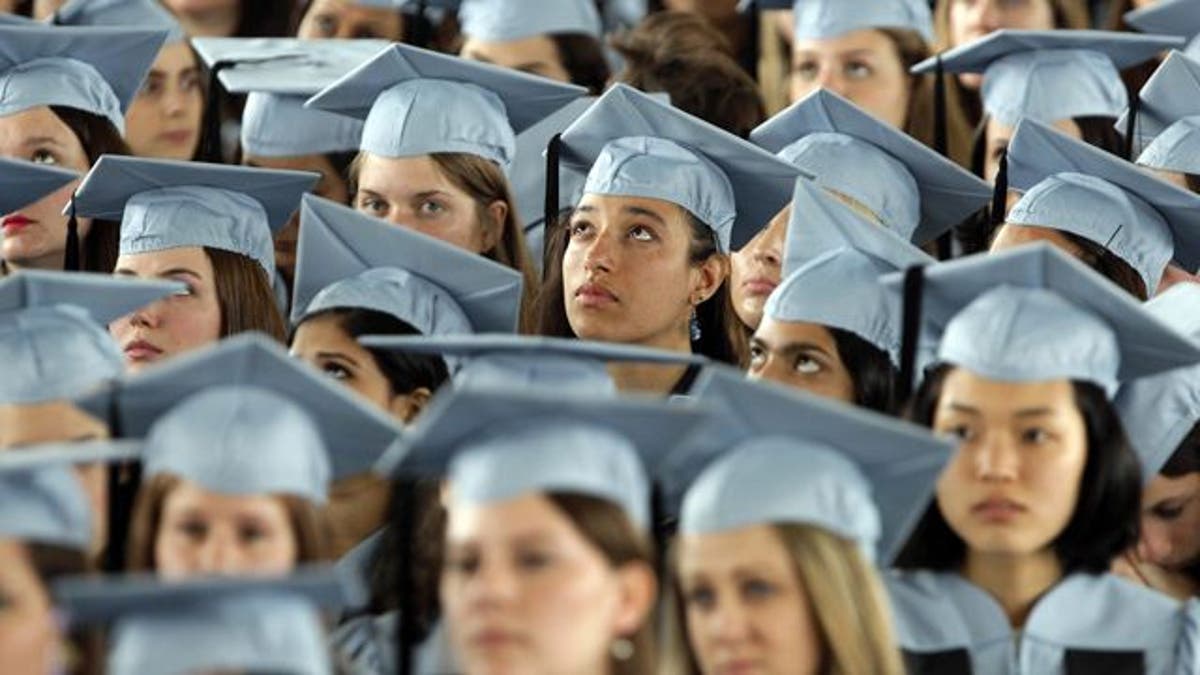
The good news is Latinos are enrolling in college at record rates. The bad news is this means that when the education funding bubble bursts, it is likely to send devastating shock waves throughout the Latino community.
The country’s bad economy, high Hispanic unemployment rate, and soaring tuition costs have forced more and more Latinos to take out massive student loans to finance their education. According to the Center for American Progress, 67 percent of Latino college graduates leave school with some student loan debt and two-thirds of graduates leave with more than $25,000 in debt. Couple that with the rapid growth of Latinos in college enrollment and the percentage of Latinos graduating knee-deep in debt will undoubtedly increase.
When the government hands out free money, it not only increases a student’s willingness to pay more, but it also encourages colleges to set tuition and fees higher so that they can capture those free, additional government funds.
This could result in more Latinos unable to qualify for home loans after graduation and unable to save for retirement, which could ultimately weaken our overall economy.
The student loan crisis is now coming to a head this month with interest rates on federally subsidized student loans set to double on July 1 to 6.8 percent. Lawmakers in Washington have come up with several solutions, including suppressing interest rates, providing more subsidies, and offering generous re-payment options.
Unfortunately, none of these proposals offer a real, long-term solution. They fail to encourage students to take on less debt, they do not address the problem of rising tuition costs and they do not solve the looming student loan crisis facing the Latino community as well as the country.
The student loan crisis is not about interest rates — it is a result of the cost of education rising to levels unattainable for the average American family. Moreover, the families who are often hurt the most are Latinos since many suffer from lower wages and must take on more debt to finance higher education.
If we want to fix the out-of-control college tuition prices, we need to rethink government subsidies. Although federal aid is supposed to help American families by offsetting college tuition costs, it is actually one of the main forces driving the growth in college tuition and fees. Federal subsidies, in the form of loans and Pell grants, raise the cost of tuition and lead to even higher subsidies and higher tuition costs. We constantly hear politicians calling for more federal dollars to fund higher education. However, when the government hands out free money, it not only increases a student’s willingness to pay more, but it also encourages colleges to set tuition and fees higher so that they can capture those free, additional government funds.
Federal subsidies also create an artificial demand for higher education while diminishing the return on investment for graduates. Students are graduating with massive debt and graduating into a market with jobs that do not demand a degree. According to the Center for College Affordability, almost half of college graduates are working at jobs that do not require a college degree. Furthermore, only seven of the 30 occupations expected to have the largest growth in the next decade require a college degree. The people who ultimately benefit from these subsidies are the colleges, not the debt-ridden students.
If we want college tuition and fees to decrease, we must start talking about the perverse effects of federal government aid. The subsidies, though well intentioned, are causing students to take on massive debt, while inflating the cost of tuition and diminishing the worth of a college degree. By stripping away federal subsidies so that we have something that looks more like a free market, college institutions will have an incentive to be more innovative and lower the cost of education.
However, if Latinos choose to ignore the need for a real solution to the higher education bubble –and instead insist on short-term solutions like lower interest rates– they risk being hurt the hardest when it bursts.
